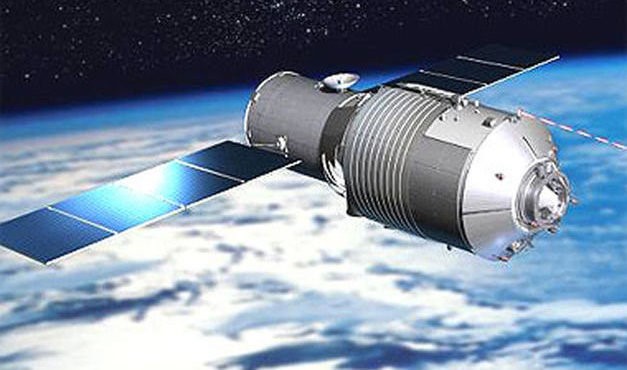Free Courses Sale ends Soon, Get It Now


Free Courses Sale ends Soon, Get It Now



Disclaimer: Copyright infringement not intended.
Context
Details
Controlled re-entries involve de-orbiting to very low altitudes to ensure impact occurs within a targeted safe zone.
How was the satellite brought down?
Why did ISRO attempt a controlled re-entry?
Further details
So, what happens to satellites in these higher orbits?
Significance
|
MAINS PRACTICE QUESTION Q. What is the role of Controlled Re-entry of Satellite in Space Debris Mitigation Exercise? Explain. |
© 2024 iasgyan. All right reserved